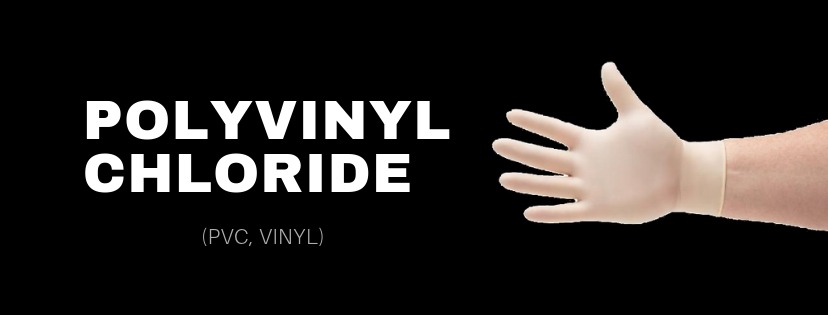Flexible packaging is being talked about a lot these days, and for good reason. Manufacturers, marketers and even consumers are promoting the use of flexible packaging. The idea of flexible packaging not only serves the mobile consumer's needs but also reduces the environmental impact caused by waste of expired items on the shelves and that results from frequent freight shipments.

SELECTING THE RIGHT FLEXIBLE PACKAGING
Before you investigate the types of flexible packaging materials, it is important to consider the following pointers:
- Type of product
- Product shape, weight and dimensions
- The packaging mechanism
- Handling frequency & exposure to environment
Discuss the above parameters in detail before you move to selecting the right packaging material.
Polyolefin (POF)
This packaging material is versatile, durable and FDA approved. With high level of puncture resistance and seal strength this can be used to pack irregularly shaped items with ease. POF is 100% recyclable which is an added advantage and the POF shrink films offer ultimate clarity to make your product safely packed while being clearly visible. The pre-perforated film variety is often used in the packing of games, toys, foods, books, etc. where visibility is important.
High Density Polyethylene (HDPE)
Also known as polyethylene high-density (PEHD), this is a polyethylene thermoplastic that is made from petroleum and is highly versatile. The packaging material is commonly used for packaging plastic lumber, corrosion-resistant piping, plastic bottles, etc. It is also used in the manufacture of almost anything from hard hats to jugs. The material finds use in heavy-duty Stretch Wrapping needs such as bundling farm produce as it is extremely breathable to be able to maintain the freshness of the products.
Low Density Polyethylene (LDPE)
As the name suggests, LDPE has a lower density. It is highly resistant to moisture, impact and chemicals. Therefore, LDPE is highly used in applications that require heat sealing as well as in the manufacture of wires, cables, flexible lids and bottles.
Linear Low-Density Polyethylene (LLDPE)
The most flexible of the polyethylene films, the LLDPE is very commonly used in the packaging industry. A blended form of LDPE, this material is just perfect for stretching and is commonly used to protect heavy loads during transit.
Polyethylene Terephthalate (PET, PETE)
Clear and tough, the PET possesses good moisture barrier properties. It is globally recognized for its strength, flexibility and 100% recyclability. It takes a new life when recycled. PET is extremely lightweight and is commonly used in plastic beverage bottles for water, soft drinks, and the similar and is a common element found in food jars containing jams, pickles, peanut butter, etc. PET is also safe to use in the manufacture of microwave-safe appliances.
Polypropylene (PP)
Polypropylene is a thermoplastic "addition polymer" with a high melting point that makes it a good choice for hot-fill liquids. PP is a material that is used in the packaging, electrical, automotive and construction industries while also being widely in household applications. It is often used in combination with polyethylene as an outer layer in multi-layer pouches.
Polyvinyl Chloride (PVC, Vinyl)
The flexible and lightweight PVC helps packaging maintain the integrity of products packed within, including medicines. The PVC is largely used in variety of application in construction industries as well as electronics, healthcare, automobile sectors. It is largely used in blister packs, blood bags, cable insulation, etc.
The list is large, and it is wise to use the right flexible packaging material for your products considering whether high melting point, recycling or durability is your primary requirement. It is always better to perform research and multi-layer testing of your packaging to ensure a Packaging that fulfills its purpose well while also appealing consumers' interests.



